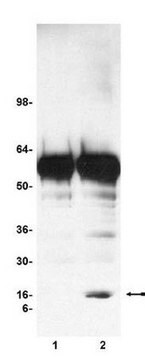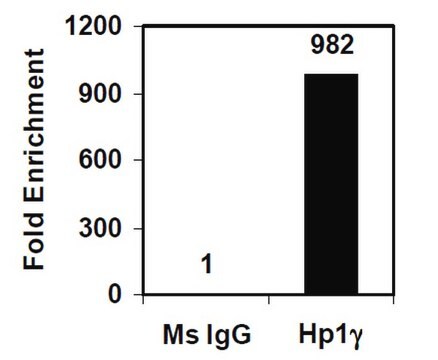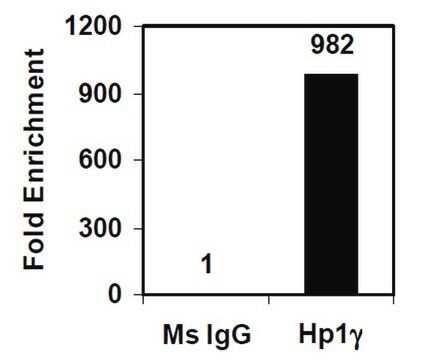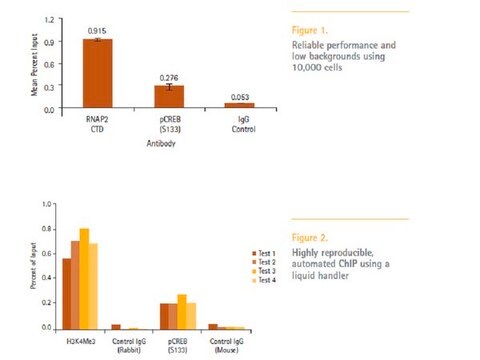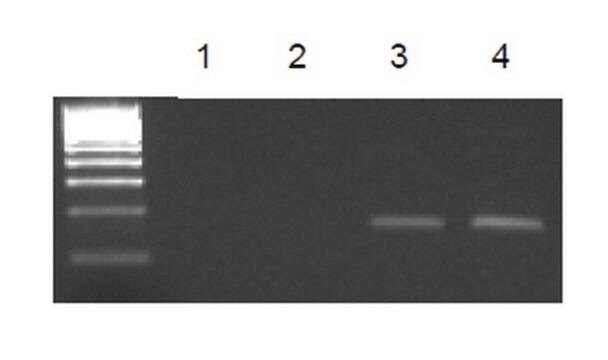CHP1
Imprint® Chromatin Immunoprecipitation Kit
Complete ChIP reaction in 6 hours in flexible strip well format
Synonym(s):
Chromatin Immunoprecipitation
About This Item
Recommended Products
Quality Level
storage temp.
−20°C
Related Categories
General description
For Frequently Asked Questions about this kit, please see ChIP Troubleshooting Questions.
Application
- Suitable for downstream applications
- Individual target characterization to genome-wide profiling techniques
- Characterization of signal transduction pathways
- Verification of ChIp-chIP and ChIP-seq data
Features and Benefits
- Fast—Total protocol time of less than 6 hours making the Imprint kit the fastest on the market
- Sensitive—As few as 10,000 cells required for each ChIP sample
- Convenient—Fewest steps of any available ChIP protocol
- Flexible—Protocols for cells or tissue, and convenient strip-well format for high-throughput applications
- Complete—Includes columns and reagents for DNA purification as well as an integrated protocol for amplification with the GenomePlex technology
Legal Information
Kit Components Also Available Separately
related product
signalword
Danger
Hazard Classifications
Acute Tox. 4 Oral - Aquatic Chronic 3 - Eye Irrit. 2 - Flam. Liq. 2 - Met. Corr. 1 - Resp. Sens. 1 - Skin Irrit. 2 - STOT SE 3
target_organs
Central nervous system
Storage Class
3 - Flammable liquids
flash_point_f
53.6 °F - closed cup
flash_point_c
12 °C - closed cup
Choose from one of the most recent versions:
Certificates of Analysis (COA)
It looks like we've run into a problem, but you can still download Certificates of Analysis from our Documents section.
If you need assistance, please contact Customer Support.
Already Own This Product?
Find documentation for the products that you have recently purchased in the Document Library.
Customers Also Viewed
Articles
Epigenetic modifications are thought to occur through two key interconnected processes—DNA methylation and the covalent modification of histones.
Protocols
Chromatin Immunoprecipitation qPCR for studying gene regulation across conditions.
The Sigma Imprint Chromatin Immunoprecipitation Kit uses a plate based system to allow rapid ChIP assays in a high throughput format
Our team of scientists has experience in all areas of research including Life Science, Material Science, Chemical Synthesis, Chromatography, Analytical and many others.
Contact Technical Service